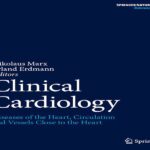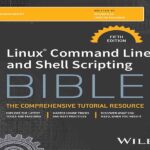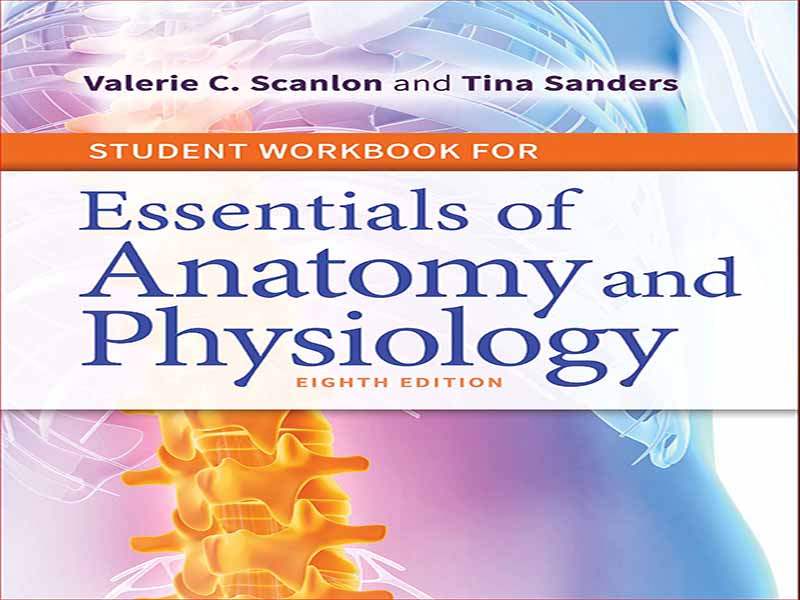هدف این کتاب کار دانشجویی کمک به شما در یادگیری مطالب دروس پایه آناتومی و فیزیولوژی است که می خواهید بگذرانید. اگر هدف شما شغلی در حرفه های بهداشتی است، آناتومی و فیزیولوژی علوم پایه برای سایر دوره های شما خواهد بود. اینکه چقدر یاد می گیرید و چقدر خوب یاد می گیرید به خودتان بستگی دارد، بنابراین مهم است که به یاد داشته باشید که یادگیری واقعی و پایدار به عوامل زیادی بستگی دارد. 1. به خاطر داشته باشید که دو تا از بهترین راهها برای یادگیری چیزی، تست کردن آن و آموزش آن به کسی است. این کتاب دارای چندین نوع تمرین مختلف است که می توانید تست هایی را در نظر بگیرید. بله، پاسخ ها در پشت کتاب آمده است، اما ابتدا تمرینات را بدون نگاه انجام دهید، مخصوصاً برای تست های پایان فصل. سپس به هر چیزی که ممکن است اشتباه کرده اید توجه کنید و سعی کنید علت آن را بیابید (اگر بتوانید دلیل اشتباه خاصی را مرتکب شوید، بعید است که دوباره همان اشتباه را تکرار کنید). و اگر همکلاسی از شما کمک خواست، فرصت توصیف یا توضیح چیزی را که می دانید را از دست ندهید (و همانطور که به خودتان گوش می دهید). 2. زمان. سعی کنید زمان مطالعه کافی برای یادگیری موثر به خود اختصاص دهید. این ممکن است همیشه آسان نباشد، اما ارزش تلاش برای آن را دارد. شلوغ کردن شب قبل از امتحان ممکن است هر چند وقت یکبار کارساز باشد، اما اختصاص دادن مقداری زمانی برای مطالعه در هر روز معمولاً استراتژی بسیار موفقتری است. به خاطر داشته باشید که مغز ما هنگام خواب خاطرات را تثبیت می کند، بنابراین خواب خوب شبانه قبل از امتحان می تواند بسیار مفید باشد. 3. خود انضباطی. سعی کنید از مقدار مطالبی که باید یاد بگیرید ناامید نشوید. به آن ادامه دهید، و خواهید دید که هر چه بیشتر یاد بگیرید، یادگیری آن آسان تر می شود. ابتدا یک پایه کوچک را مونتاژ می کنید و سپس بر روی آن می سازید. هر چه فونداسیون شما گسترده تر باشد، بیشتر می توانید به آن اضافه کنید. در صورت امکان، بین مواد جدید و مواد قبلی ارتباط برقرار کنید. این پایه شما را گسترده تر می کند. هرچه بیشتر ایجاد ارتباطات را تمرین کنید، دیدن و یادگیری ارتباطات جدید آسان تر می شود. 4. بدانید چه زمانی حفظ کنید و چه زمانی متوجه شوید. برخی از مطالب به سادگی باید حفظ شوند، اما مطالب دیگر نیاز به درک واقعی دارند. به عنوان مثال، هر استخوان در بدن یک نام دارد و شما باید نام هر استخوان و محل آن را در بدن به خاطر بسپارید. آیا این حفظ هدفی را دنبال می کند؟ در واقع چنین خواهد شد، زیرا زمانی که اعمال عضلات را یاد می گیرید، باید استخوان هایی را بشناسید که هر ماهیچه به آن متصل است. حفظ کردن اغلب پایه و اساس درک مطلب است. و اگر یک تصویر ذهنی از اسکلت ساخته اید، خیلی بهتر است، یک بعد بصری به یادگیری اضافه کنید. 5. از معلمتان، دانشآموزان و خودتان سؤال بپرسید. وقتی چیزی را متوجه نشدید، از معلم یا یکی از همکلاسی های خود بپرسید و احتمالاً پاسخی دریافت خواهید کرد. اما چه نوع سؤالاتی می توانید از خود بپرسید؟ موارد بسیار ساده و در عین حال بسیار مهم. اگر در حال مطالعه بخشی از بدن هستید، از خود بپرسید: نام آن چیست؟ کجاست؟ این از چه چیزی ساخته شده است؟ چه کار میکند؟ برای چیزهایی مانند سلولها، بافتها یا اندامها، میتوانیم این سؤالات را به صورت نام، مکان، ساختار و عملکرد خلاصه کنیم. برای فرآیندی که در بدن اتفاق می افتد، سؤالات کمی متفاوت هستند، اما همچنان ساده هستند. از خود بپرسید: چه اتفاقی می افتد؟ هدف از این کار چیست؟ اگر بتوانید به این سؤالات پاسخ دهید، واقعاً این روند را درک کرده و درک می کنید.
The purpose of this student workbook is to help you learn the material in the basic anatomy and physiology course you are about to take. If your goal is a career in the health professions, anatomy and physiology will be foundation sciences for your other courses. How much you learn and how well you learn it is up to you, so it is important to remember that real and lasting learning depends on many factors. 1. Keep in mind that two of the best ways to learn something are to take a test on it and to teach it to someone. This workbook has several different kinds of exercises that you can consider tests. Yes, the answers are in the back of the book, but do the exercises first, without looking, especially for the end-of-chapter tests. Then pay attention to anything you may have gotten wrong and try to figure out why (if you can figure out why you made a particular mistake, you will be very unlikely to make that same mistake again). And if a classmate asks you for help, don’t pass up the chance to describe or explain something you know (and listen to yourself as you do). 2. Time. Try to give yourself enough study time to learn effectively. This may not always be easy, but it is worth striving for. Cramming the night before an exam may work once in a while, but setting aside some time for study every day is usually a much more successful strategy. Keep in mind that our brains consolidate memories while we sleep, so getting a good night’s sleep before an exam can be very helpful. 3. Self-discipline. Try not to be discouraged by the amount of material you have to learn. Keep at it, and you will find that the more you learn, the easier it becomes to learn. At first you will be assembling a small foundation, and then you will build upon it. The more extensive your foundation, the more you can add to it. Wherever possible, make connections between new material and previous material. This will broaden your foundation. The more you practice making connections, the easier it becomes to see and learn new ones. 4. Know when to memorize and when to understand. Some material simply must be memorized, but other material requires true comprehension. For example, each bone in the body has a name, and you will have to memorize the name of each bone and its location in the body. Will this memorization serve a purpose? Indeed it will, for when you learn the actions of muscles, you will have to know the bones to which each muscle is attached. Memorization is often the foundation for comprehension. And if you have made a mental picture of the skeleton, so much the better, adding a visual dimension to learning. 5. Ask questions—of your teacher, your fellow students, and yourself. When you don’t understand something, ask your teacher or a classmate, and you’ll probably get an answer. But what kind of questions can you ask yourself? Very simple yet very important ones. If you are studying a part of the body, ask yourself: What is its name? Where is it? What is it made of? What does it do? For such things as cells, tissues, or organs, we can summarize these questions as name, location, structure, and function. For a process that takes place within the body, the questions will be a little different, but still simple. Ask yourself: What is happening? What is the purpose for this? If you can answer these questions, you truly comprehend and understand the process.
این کتاب را میتوانید از لینک زیر بصورت رایگان دانلود کنید:
Download: Student Workbook for Essentials of Anatomy and Physiology



































نظرات کاربران